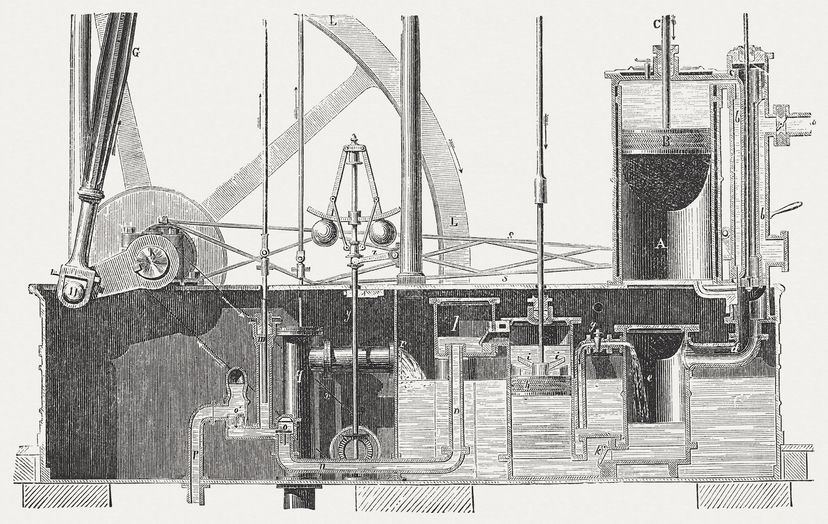These early experiments and innovations marked significant miles in the journey toward harnessing the power of steam. They provided the groundwork for future inventors and engineers to build upon, refine and expand upon these concepts.
Hero
The origins of steam technology date back to around A.D. 75 when mathematician Hero wrote extensively about air mechanics and properties and presented plans for a basic steam engine.
His design consisted of a hollow sphere with bent tubes protruding from the sides. By filling the sphere with water and placing it over a fire, the heat would vaporize the water, and the resulting steam would escape through the tubes, causing the sphere to rotate. This invention laid the foundation for further advancements in steam technology.
Giovanni Battista della Porta
In the 17th century, Italian scholar Giovanni Battista della Porta realized that steam played a role in creating a vacuum. He theorized that when water converted into steam inside a closed container, it would result in increased pressure, while the condensation of steam back into water would yield decreased pressure.
Denis Papin
In 1679, French scientist Denis Papin turned della Porta’s theory into reality with a project he called the “Digester or Engine for Softening Bones.” He used a device that resembled a pressure cooker; it became the first practical application of steam pressure.
Papin further refined the concept by incorporating a sliding piston on top of a closed cylinder filled with water. As the water heated up, the steam expanded and pushed the piston upward. When the steam cooled and condensed, a vacuum was created, drawing the piston back down.
